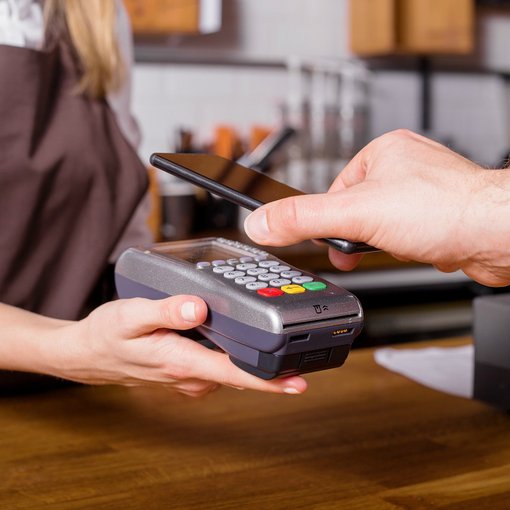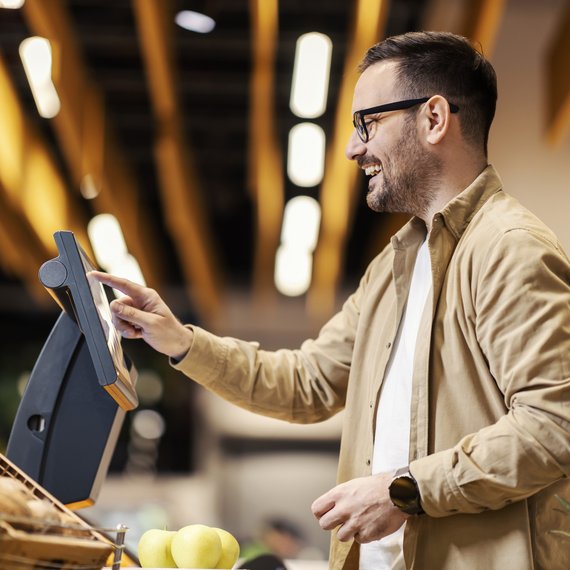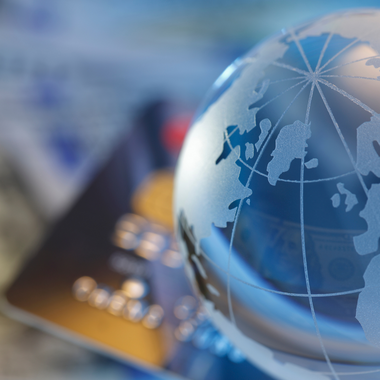
- Five minutes read
Do UK consumers really want to go cashless?
The question of moving to a cashless economy is one of the dominating debates in payments
The question of moving to a cashless economy is one of the dominating debates in payments. As new online banking and payments technology offers businesses and consumers alternative methods that are reshaping the payments landscape, the prevailing thought in some quarters is that there is no longer a place in the ecosystem for cash, the antiquated payment mechanism that has underpinned economies for millennia.
Countries that have surged ahead in the race to go cashless, such as Sweden, are held up as the paradigm of the modern payments ecosystem all other countries should strive to emulate. 19 percent of payments made in Sweden are conducted using cash, compared to the European average of 80 percent. And the benefits are easily identifiable. In addition to the infrastructural and crime preventing advantages of digital payments, VAT collections in Sweden have risen 30 percent in the past five years as declaring revenues has become more accurate.
However, for all the postulating that less cash is better, and even that no cash is best, the future of cash isn’t in the hands of tech companies. It is in the hands of businesses, and even more importantly in the hands of consumers. And whilst data does indicate that UK consumers’ relationship with cash is changing, it does not indicate that they are willing to abandon cash altogether.
The UK consumers’ relationship with cash today
Earlier this month, Paysafe published its Lost in Transaction: Payment Trends 2018 report, which examines current consumer payment preferences. One of the key takeaways from the report is that cash is still a fundamental component of consumers’ spending patterns.
Although 62 percent of UK consumers surveyed responded that they carried less cash now than they did a year previously, and the average amount of cash UK consumers carry has fallen 36 percent to £21, more consumers had made a payment using cash (88 percent) in the previous month than any other payment type either in person or online. 89 percent of consumers had taken cash from an ATM at least once in the past month, with the average consumer visiting the cash machine four times during that period.
As the adoption of contactless cards in the UK continues to accelerate (54 percent of UK consumers surveyed for Lost in Transaction: Payment Trends 2018 reported that they had used contactless payments in the past month) it is inevitable that many of the traditional uses for cash are being eroded. But there is little evidence to support the argument that consumers’ intention is to reduce their use of cash to zero. On the contrary, globally the prevalence of cash is increasing, with physical money now accounting for 9.6% of global GDP, up from 8.1% in 2011.
“Whilst data does indicate that UK consumers’ relationship with cash is changing, it does not indicate that they are willing to abandon cash altogether.”
Risk concerns are quelling the appetite for cashless
Whilst 1.5 million adults in Britain do remain unbanked today, financial inclusion is not the same issue in the UK that it is in other countries, although this is certainly a factor to consider particularly as the value of ‘wages’ paid into the gig economy (of which a substantial percentage is cash) continues to increase.
But what will play a more significant role in the UK consumers’ appetite for a cashless economy is the perception of the competing forces of risk and convenience generated by new technologies such as contactless cards and mobile wallets, and where consumers feel comfortable on the spectrum between the two.
Only 10 percent of UK survey respondents for Lost in Transaction: Payment Trends 2018 habitually used a mobile wallet to make payments, with the primary blocker to adoption being concerns surrounding the watch or wearable tech being lost or stolen. Apprehension of mistakes in what the consumer is charged was also highlighted as a significant factor.
Although adoption of contactless in the UK is much more significant, 64 percent of Britons believe that fraud from contactless payments is on the rise. Whilst this situation is maintained, it is unlikely that we will see all consumers completely turn away from using cash as a preferred payment option.
The rise of digital disruption
Another significant factor that may prevent a widespread appetite to go cashless is the ongoing concern that digital services are rife with disruption. In the past month UK consumers have observed newspaper headlines detailing the crash of Visa’s debit card system and the large-scale banking fraud crisis which followed TSB’s failed IT migration; in this environment it is of little surprise that maintaining the ability to make payments with cash or cash replacement products is appealing.
Whilst cash may feel archaic to innovators, unreliability and a lack of trust for digital alternatives that is enhanced by media coverage of these types of events provide a compelling argument to consumers that they need to maintain a relationship with cash.
The evolution of cash online
A further aspect of the evolution of consumers’ relationship with cash is the migration of cash-based products to the digital world. Instead of abandoning cash altogether, consumers are investigating how then can make use of the benefits of cash online by making digital payments using hard currency.
According to Lost in Transaction: Payment Trends 2018 54 percent of UK consumers do not feel comfortable sharing their financial data online to pay, and 64 percent feel more comfortable purchasing online using a prepaid PIN or voucher where their financial details are not shared.
Payment methods such as paysafecard and Paysafecash, which offer consumers the ability to make either pre-paid or post-paid payments online using cash, are establishing a market share of online payment in the UK. Traditionally strong in the DACH region, four percent of UK consumers surveyed for Lost in Transaction: Payment Trends 2018 had made a payment using a cash replacement system in the previous month, and eight percent had made a payment using a pre-paid card.
Undoubtedly cash remains alive and well in the world of payments, and through products such as paysafecard and Paysafecash will continue to be a vital element of the financial landscape even as payments become increasingly digital.
To discover more about how paysafecard and Paysafecash are transforming online payments, visit our website.




